2019 – 2022 Strategy Plan
GOAL 1: Secure formal recognition for unique and vulnerable wetlands in the Carolinas.
Objective 1.1. Develop and implement a long-term strategy plan for the Wetland Treasures program including building a Wetland Treasures Community.
Objective 1.2. Promote existing Ramsar wetland recognition in the Carolinas through our website and social media.
Objective 1.3. Nominate 1-2 wetlands sites in the Carolinas to be designated as Ramsar wetlands.
Objective 1.4. Identify and nominate wetlands for NC’s Unique Wetlands program to protect rare wetlands and/or species.
GOAL 2: Report on the status, trends, and value of wetlands in the Carolinas to support good decision making of local officials, mitigation providers, educators, and the general public.
Objective 2.1. Issue and periodically update a “State of the Wetlands” Report summarizing the state/condition of wetlands in the Carolinas from national and state-wide assessments.
Objective 2.2. Through white papers, forums, and other outreach, raise awareness of threats to wetlands in the Carolinas and on how the protection, restoration, and enhancement of wetlands can benefit human wellbeing.
Objective 2.3. Establish a volunteer wetland monitoring program (i.e. Citizen Science) at relatively undisturbed wetland sites (e.g., Wetland Treasures) to provide long-term reference site data.
Objective 2.4. Conduct surveys of researchers to be a clearinghouse for scientific monitoring and research activities being conducted on wetlands in the North and South Carolina to recognize the importance of research and promote a collaborative community.
Goal 3: Provide services, knowledge, and support of wetland protection and management with land trusts and other conservation groups in North and South Carolina.
Objective 3.1. Assess the areas in which Carolina Wetlands Association’s efforts complement or support the needs of other conservation groups.
Objective 3.2. Support conservation groups in their overall efforts to protect and manage wetlands and partner with them to educate specific audiences in the value and necessity of protecting our wetlands.
GOAL 4: Participate in regional efforts to establish relationships with county and municipal level decision-makers to develop support and provide tools for wetland management.
Objective 4.1. Provide outreach on how communities can manage their wetland resources.
Objective 4.2. Partner with local governments to identify and implement wetland restoration or creation projects by providing information and resources.
Objective 4.3. Translate wetland and similar conservation efforts of state/federal government and organizations to enhance local wetland programs.
GOAL 5: Educate Carolinians about societal and ecological wetland services to increase the understanding and appreciation of wetlands by communities.
Objective 5.1. Develop a Community Engagement Plan which includes a calendar of events, identifying types of information for target audience, and measures of success.
Objective 5.2. Develop stock presentations and kit of information to be used at outreach and educational events/programs including fact sheets on current issues (i.e. hot topics).
Objective 5.3. Organize 10 wetland tours of natural, restored, and constructed wetlands each year (includes the five tours of the wetland treasures).
Objective 5.4. Organize networking and information opportunities (i.e. Wetlands Matter events) across North and South Carolina to foster relationships and share information regarding wetland policy and science.
Goal 6: Provide information and encourage wetland owners to use best practices to protect and manage existing wetlands.
Objective 6.1. Develop instructional and educational materials to advise landowners on methods to manage their wetland.
Objective 6.2. Develop a database of key resources and organizations that will assist property owners in protecting and managing their wetlands.
Objective 6.3. Work with local governments and other organizations to educate landowners on the value of wetlands in mitigating the effects of storm flooding, sea level rise and other stressors.
Goal 7: Support public policy and increase awareness through education regarding how to better utilize wetland restoration and mitigation (regulated and volunteer).
Objective 7.1. Provide scientific review and expertise for the location, condition, ecological objective and regulatory status of wetland and stream mitigation sites.
Objective 7.2. Monitor existing regulatory programs and policy and identify improvements with the objective of making compensatory mitigation more
transparent, scientifically defensible, and beneficial to the public.
Objective 7.3. Collaborate with wetland practitioners to understand new scientific and policies developments to improve restoration success.
Goal 8: Develop a diverse, energetic, and active Board of Directors and cultivate an active community of volunteers and staff to help Carolina Wetlands Association meet its organizational, financial and public outreach objectives.
Objective 8.1. Recruit new board members to cover the geographic areas of the states and a range of expertise and engage members to open doors to resources, agencies, academic institutions, and others.
Objective 8.2. Utilize fully functioning committees to maximize the contributions of the board and to achieve the objectives of this Strategic Plan.
Objective 8.3. Increase capacity by adding priority positions such as those dedicated to program development, fundraising, science, and administrative support.
Goal 9: Maintain a healthy financial portfolio to provide the stability and flexibility required to efficiently and effectively perform work in support of this strategic plan.
Objective 9.1. Develop a three-year rolling budget and implementation plan to help predict and address current and future expense and revenue needs.
Objective 9.2. Increasingly engage the board of directors and committees in membership and fundraising development.
Objective 9.3. Develop and begin implementation of a Fundraising Plan by the end of FY 2019.

